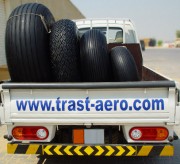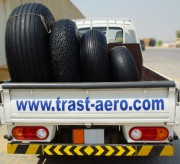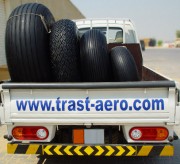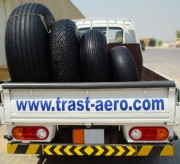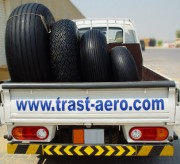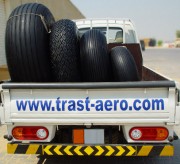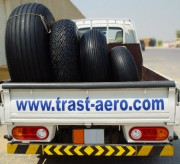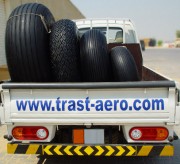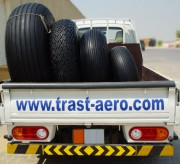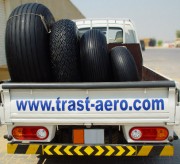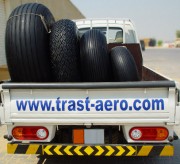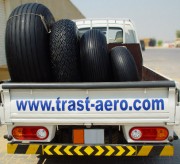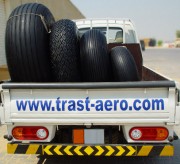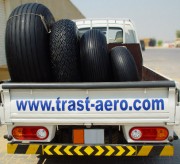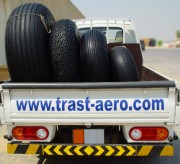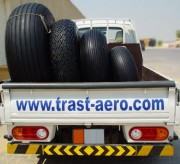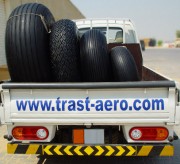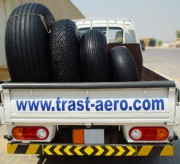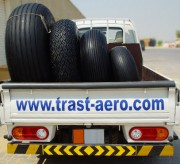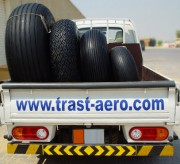 Shopping cart: 0
Shopping cart: 0Sells aviation tires for all types of aircraft with delivery from United Arab Emirates
If you want to buy tires for an aircraft with delivery then you just need to tell us the number of tires, model aircraft, desired brand and delivery conditions. And also we are happy to sell you tires from our warehouse in the United Arab Emirates.
The company Trast Aero offers wholesale and retail aviation tires for all types of aircraft with delivery around the world! The modern aviation tire is a complex high-tech structure designed to work with huge loads and speeds with the minimum possible size and weight. The aircraft tire consists of three main components: metal 5%, rubber 50% and cord 45%. Deeper into the materials of the tire composition, we will see different types of nylon cords and rubber compounds, each of which has original properties. Each model of the tires is designed to successfully perform the assigned tasks under certain conditions on a specific aircraft.
Aviation tires are divided into two groups: low-speed (ground speed up to 192 km / h) and high-speed (ground speed from 192 km / h.). Before the tire hits the wheel of the aircraft, it passes a large number of tests .
Tests are divided into static and dynamic (bench). Static: Strength test by internal hydraulic pressure. Method: The tire is mounted on a test wheel pumped with water (to the brink of rupture). The tire must withstand for a certain time without destroying.
Determination of landing pressure on the rim.
One of the ways is copying. A sheet of carbon paper is put between two sheets of the usual. This "construction" is placed between the tire bead and the wheel flange. Then the tire is pumped. The pressure at which the heel of the bead touches the vertical surface of the flange is considered the landing pressure on the rim. This will be reflected as a trace on ordinary paper from the copying paper.Determination of airtight tubeless tires.
The tire is pumped up to the maximum nominal pressure, maintained for a certain time at the same temperature. During this time, by increasing tire dimensions, the pressure decreases. Then measure how much pressure fell over this period.Determination of tire size.
The tire is mounted on the wheel and pumped up to the maximum nominal pressure. Withstand a certain time at room temperature. After the time has elapsed, the tire completes to the original value. After correcting the pressure, the following values are measured: outer diameter, outer width, shoulder diameter and shoulder width.Determination of the coefficient of strain versus loads.
Dynamic:Pressure correction. It is carried out in order to take into account the influence of the curvature of the drum. Dynamic tests of tires are also carried out under conditions that are as close as possible to operating conditions: load, speed, etc.



